We’re starting with event news in today’s 3D Printing News Briefs, as Formlabs has opened registration for its fifth annual User Summit this fall. Moving on, MeaTech and Umami Meats are working together to develop 3D printed cultured seafood. MakerBot announced major upgrades to its CloudPrint platform, and a large-format, single-extruder 3D printer is raising lots of money on Kickstarter. Finally, the winner of a Ford Maverick accessory 3D print-off has been announced.
Formlabs Announces Fifth Annual Virtual User Summit
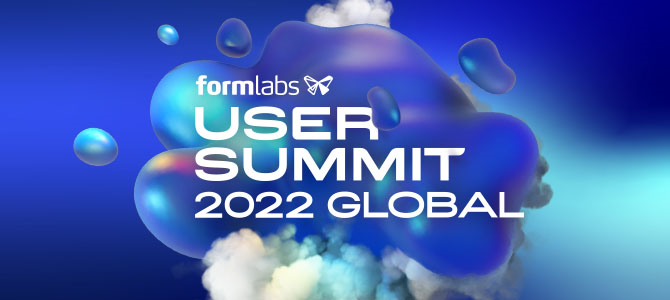
Registration is now open for the global Formlabs User Summit, a free virtual event that Formlabs has been holding for four years now; the fifth summit will be this October 26-27. During the event, more than 100 million innovations created on Formlabs 3D printers will be celebrated—including generative design, prosthetics, and realistic TV show props—along with their positive impacts and applications. There will be many fascinating speakers at the Formlabs User Summit, including aerospace engineer Sheri Thorn with NASA Goddard and Mayo Clinic’s Amy Alexander, Unit Head Biomechanical Development & Applied Computational Engineering, and sessions, like the Formlabs University Track and women-led Medical Talk track, will be offered in eight languages. You can register for Formlabs User Summit 2022 here, and anyone who registers by 11:59 pm EST on August 21st will be entered to win their choice of a Form 3+ or Form 3B+ SLA 3D printer.
“Each year, the Formlabs User Summit is an opportunity to celebrate everything that our community has accomplished and inspire future innovators,” explained Max Lobovsky, Co-Founder and CEO of Formlabs. “Our users achieved an amazing milestone, printing more than 100 million parts with Formlabs printers. This year’s Summit and expanded Impact Awards will shine the spotlight on the many ways that their 3D printed designs, prototypes, and devices have made an impact on the medical, automotive, and entertainment industries, to name a few.”
MeaTech, Umami Sign MoU for 3D Printed Cultured Seafood

In order to add 3D printed cultured structured seafood to its product portfolio, MeaTech 3D Ltd. announced that it has signed a memorandum of understanding with Singapore-based cultivated seafood startup Umami Meats. MeaTech is already developing 3D printed bovine, avian and porcine products, and will now work to jointly develop 3D printed cultured seafood as well. Umami Meats, which is on a mission to bring down production costs for cultivated seafood by developing species expected to experience major supply shortages, has received a decent amount of funding in the last two years. As Singapore is the only country in the world to have passed regulatory approval for the sale of cultivated meat products, this will be a boon to MeaTech and its commercialization strategy of collaborations. Initially, the two companies will focus on cultivating Japanese eel, red snapper, and yellowfin tuna, with future plans of producing grouper, halibut, and mahi-mahi.
“We are delighted to establish this collaboration with MeaTech to expand our product range with their 3D printing capabilities. This partnership will enable us to build upon our technology platform for cultivating fish muscle and fat to produce a variety of structured products that meet the desires of discerning consumers,” said Mihir Pershad, CEO and Founder of Umami Meats. “We believe cultivated seafood holds tremendous potential to provide a local, sustainable source of healthy protein and to address many of the challenges facing our food system and our oceans.”
MakerBot Strengthens 3D Printing Workflow with CloudPrint 2.0
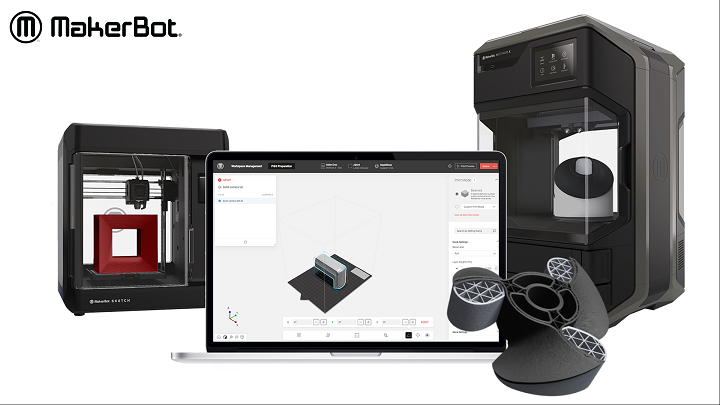
MakerBot announced that it has upgraded its CloudPrint 3D print preparation and management solution in order to strengthen the 3D printing workflow and increase productivity. The cloud-based application enables users to securely and easily prepare, print, manage, and monitor 3D printing, and this upgrade integrates an enhanced user interface—along with several other useful features—with its existing print preparation and workspace management capabilities. Some of these features include improved print queue management and notifications, as well as faster CAD to part workflow, thanks to the ability to import multi-body parts and automatically orient them. The CloudPrint platform, which is free to use, offers industry standard security and advanced encryption, an easy-to-use dashboard, and is compatible with the MakerBot SKETCH 3D printers, MakerBot METHOD platform, and MakerBot Replicator series.
“The secret to successful 3D printing goes beyond just the hardware and includes the full ecosystem of materials, accessories, and software,” explained MakerBot’s CEO Nadav Goshen. “The improvements we have made to MakerBot CloudPrint are designed to provide a more streamlined approach so that users can focus on other important tasks. CloudPrint takes the guesswork out of print preparation and workspace management. With an easy-to-use and secure workflow, CloudPrint gives users better control and management of their prints from start to finish.”
WEEDO’s Kickstarter for Single-Extruder, Large-Format 3D Printer
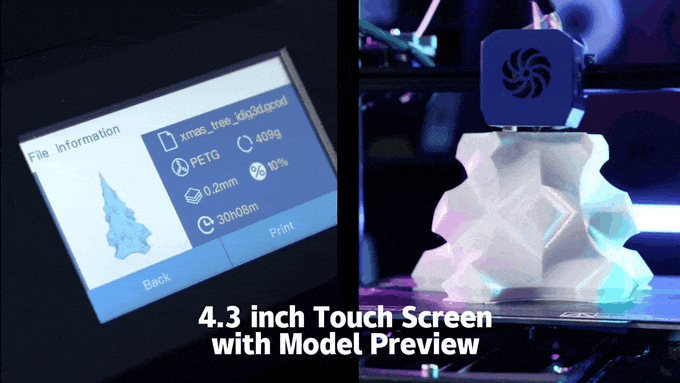
Nanjing WEEDO 3D Technology Corporation recently launched its second Kickstarter 3D printer campaign, and with less than two weeks to go, the company has already successfully raised over four times the asking amount for its ME40 Single-Extruder Large-Format 3D printer. The printer responds to previous backer feedback for a more user-friendly system that still offers excellence performance and capabilities, and seems to deliver, with its industrial design, ability to withstand temperatures up to 280ºC, and automatic leveling, the latter of which is backed by a proximity sensor. The new ME40 also features an optimized user interface, 4.3″ color touchscreen with model preview, and heated print bed with a magnetic design.
The WEEDO ME40 is said to have a maximum printing speed of 180 mm/s, and uses open source Marlin firmware, so users can easily change the G-code. PLA can be printed interchangeably, without the need to replace the printhead, and the system is compatible with over ten other materials as well, including ABS, TPU, and PETG. Additionally, it offers fast movement in both the X and Y axes, and, according to a WEEDO representative, prints silently. Finally, the WEEDO ME40 features an end stop switch for more stable printing, start-up self-detection, an optimized belt adjuster, and easy assembly. There are still plenty of rewards left if you’re interested in funding large-scale production of WEEDO’s latest 3D printer!
3D Printed Ford Maverick Accessory Prototype Contest Winners

Rob Stumpf’s phone mount and charger.
This winter, Ford released CAD files so 2022 Maverick owners could 3D print their own customized pick-up truck components. For the last month, two writers from The Drive have been prototyping their own 3D printed Ford Maverick accessories, and asked readers to vote on their favorite, between Peter Holderith’s fluid-handling heated/cooled cupholder and Rob Stumpf’s MagSafe cubby-mounted phone mount and charger. While the CAD files for both accessories were released as promised, the winner, by just 16 votes, was Stumpf’s phone holder; Holderith conceded that he could have followed Stumpf’s lead on cubby development, which might have given him the edge in the end. Stumpf drove the Ford Maverick a lot to understand how best to use its FITS slots in everyday situations, and is confident that his design is “full of utility” and “substantially more usable” than a hole on the dashboard. In fact, he states right out that Ford should have included this option from the factory floor.
“I still maintain that Ford missed out on a big opportunity by not putting more user-facing FITS slots in the cabin. This truck was designed for the younger DIY crowd. More and more people are getting into the 3D-printing hobby, and while it still isn’t a mainstream appliance that everybody has in their home, Ford obviously felt that there is enough overlap in the Maverick’s target demographic to warrant the tooling for the FITS slot. Why not put it in more accessible places? It’s just a bit baffling. Fortunately, that’s where the community comes in,” Stumpf concluded.
“Finally, a quick note to current and future engineers at automakers: Do more of this. Ford’s decision to put a printer-friendly slot in its vehicles was bold and extremely useful (even with my above criticism). The aftermarket possibilities here are huge, and while they don’t work in every scenario—like luxury cars—they certainly feel right at home in the Maverick. Plus, let’s be real: The world can always use more makers.”
Subscribe to Our Email Newsletter
Stay up-to-date on all the latest news from the 3D printing industry and recieve information and offers from thrid party vendors.
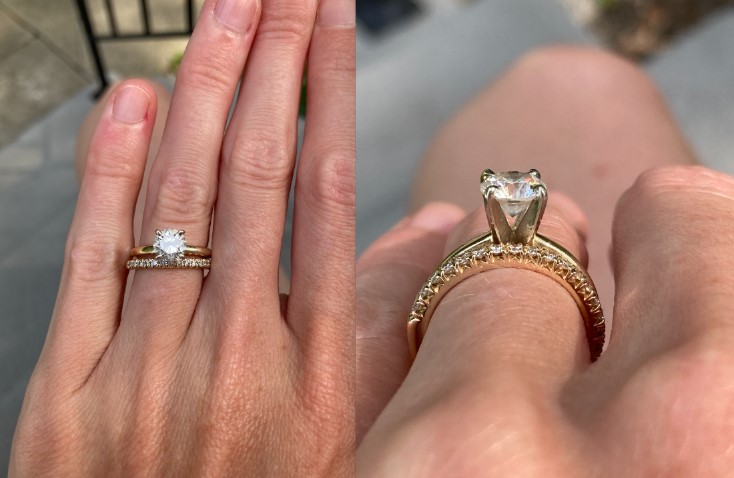
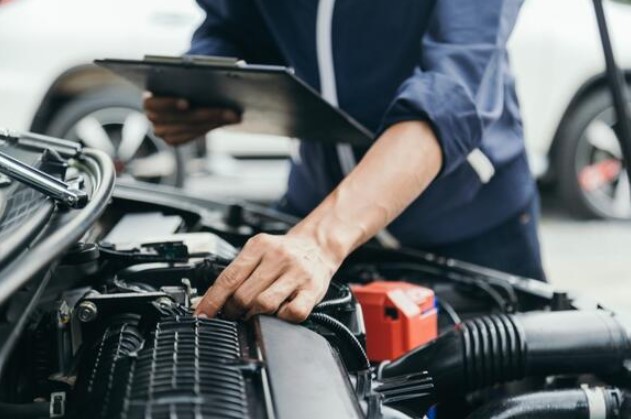
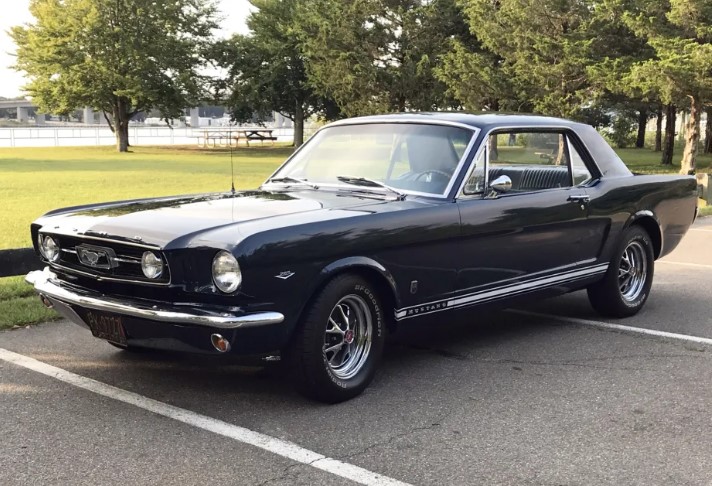

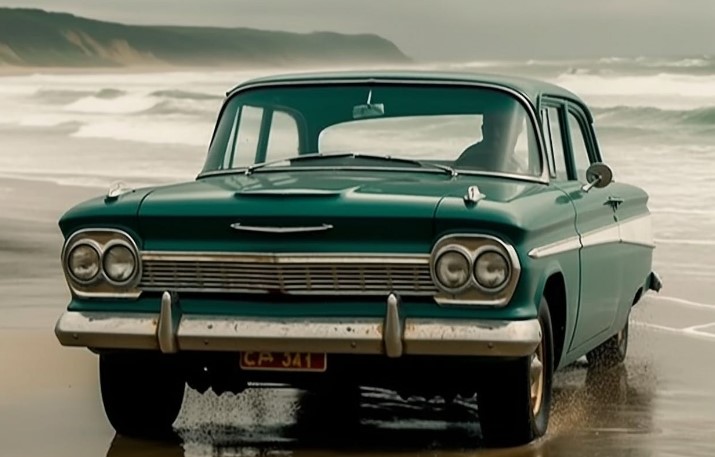
More Stories
Pavé Bands vs. Plain Bands: London Trends
2 Hot Auto Stocks You Don’t Want to Miss out on in 2023
Protect Your Car With These Weatherproof Accessory Deals